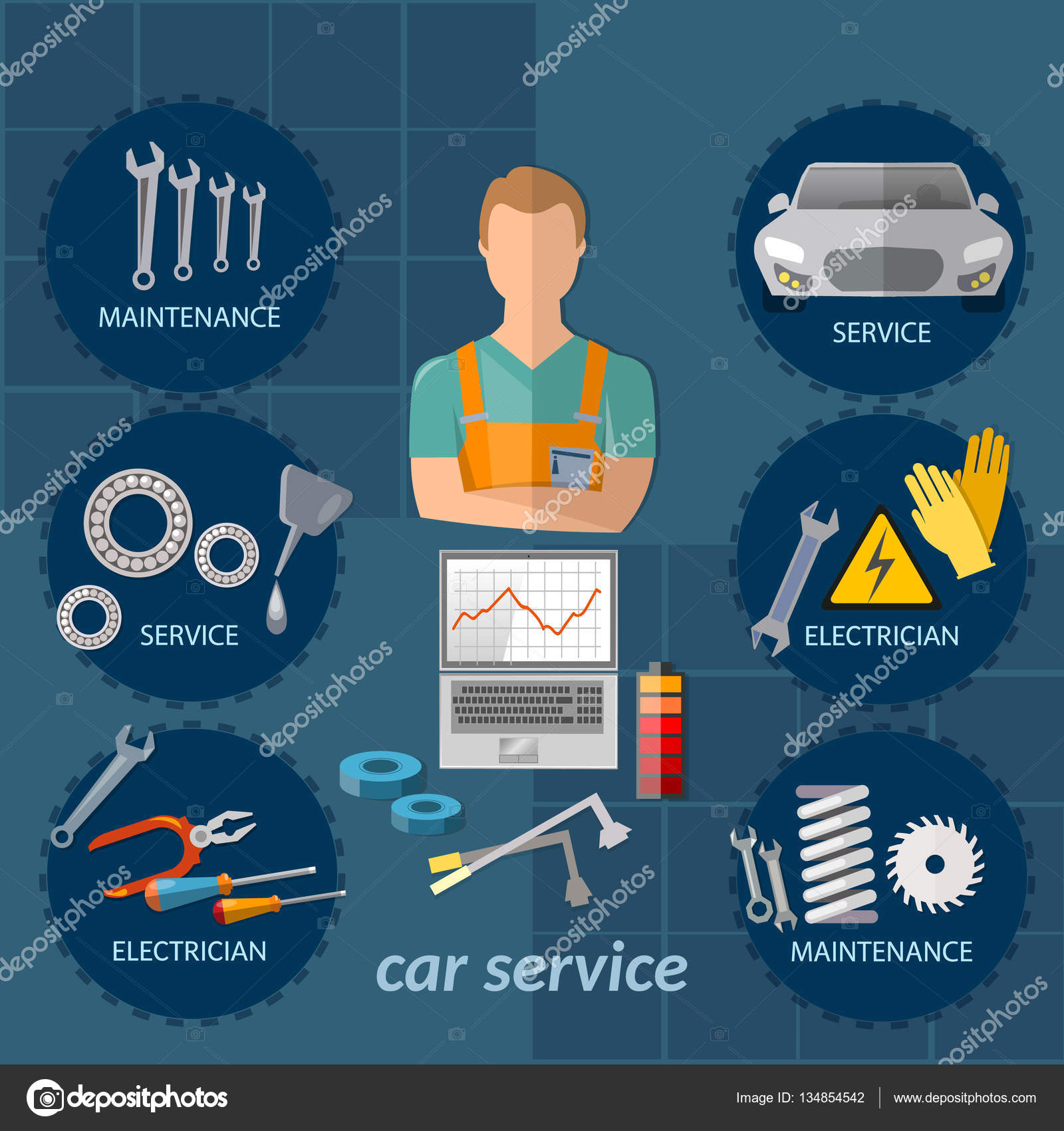Interested In Comprehending The Warning Lights On Your Cars And Truck'S Control Panel? Discover Their Value For Your Automobile'S Security And Total Problem
Interested In Comprehending The Warning Lights On Your Cars And Truck'S Control Panel? Discover Their Value For Your Automobile'S Security And Total Problem
Blog Article
Web Content Written By-Lauritsen Forbes
When you're behind the wheel, those radiant caution lights on your dashboard can be a little bit puzzling. Do you recognize what they're attempting to tell you about your auto's health? Comprehending Recommended Looking at of these lights is essential for your security and the longevity of your vehicle. So, the next time one of those lights appears, would not you intend to decipher its message accurately and take the essential steps to resolve it?
Common Warning Lighting and Interpretations
Identify common warning lights in your automobile and comprehend their meanings to make certain risk-free driving.
One of the most common warning lights consist of the check engine light, which indicates issues with the engine or discharges system. If this light begins, it's important to have your lorry examined promptly.
The oil stress alerting light shows low oil stress, requiring immediate interest to avoid engine damages.
A flashing battery light may suggest a damaged charging system, potentially leaving you stranded otherwise dealt with.
The tire stress surveillance system (TPMS) light alerts you to low tire pressure, influencing car security and gas effectiveness. Overlooking this can lead to unsafe driving conditions.
The abdominal light suggests a problem with the anti-lock stopping system, jeopardizing your capability to quit quickly in emergency situations.
Finally, the coolant temperature cautioning light warns of engine overheating, which can cause extreme damages otherwise fixed quickly.
Recognizing these typical warning lights will help you address concerns immediately and keep safe driving conditions.
Relevance of Prompt Attention
Recognizing the typical warning lights in your cars and truck is just the initial step; the importance of promptly dealing with these warnings can not be stressed sufficient to ensure your safety and security when driving.
When a warning light brightens on your control panel, it's your automobile's method of connecting a possible problem that needs attention. Disregarding these warnings can lead to extra extreme troubles down the road, compromising your safety and possibly costing you a lot more in repairs.
Trigger attention to alerting lights can stop break downs and mishaps. For instance, a blinking check engine light could indicate a misfire that, if left unattended, might trigger damages to the catalytic converter. Addressing this without delay can conserve you from a pricey fixing.
Likewise, https://kylerexpiz.blogsuperapp.com/30790771/crucial-devices-every-car-fixing-facility-have-to-have alerting light could indicate reduced brake fluid or used brake pads, important elements for your safety when driving.
Do It Yourself Troubleshooting Tips
If you see a warning light on your dashboard, there are a couple of do it yourself fixing ideas you can try before seeking expert assistance.
The initial step is to consult your auto's guidebook to comprehend what the specific caution light suggests. Occasionally the concern can be as easy as a loosened gas cap triggering the check engine light. Tightening the gas cap might fix the problem.
One more common concern is a reduced battery, which can activate numerous cautioning lights. Examining the battery links for deterioration and ensuring they're safe and secure may repair the issue.
If a caution light persists, you can try resetting it by separating the cars and truck's battery for a few mins and after that reconnecting it. In addition, inspecting your automobile's fluid degrees, such as oil, coolant, and brake liquid, can aid troubleshoot alerting lights connected to these systems.
Conclusion
Finally, recognizing your vehicle's caution lights is crucial for keeping your automobile running smoothly and securely. By promptly dealing with these alerts and knowing what they mean, you can prevent expensive repairs and prospective failures.
Keep in mind to consult your car's handbook for certain details on each alerting light and take action appropriately to ensure a trouble-free driving experience.
Keep informed, stay risk-free on the road!
